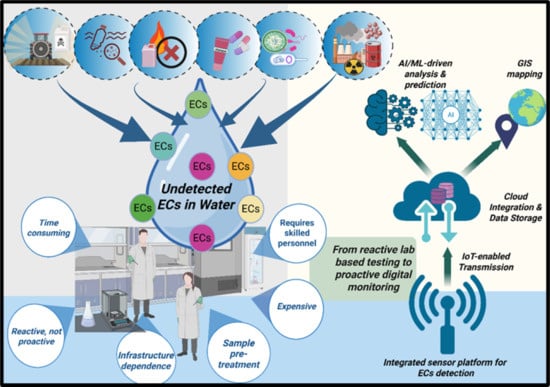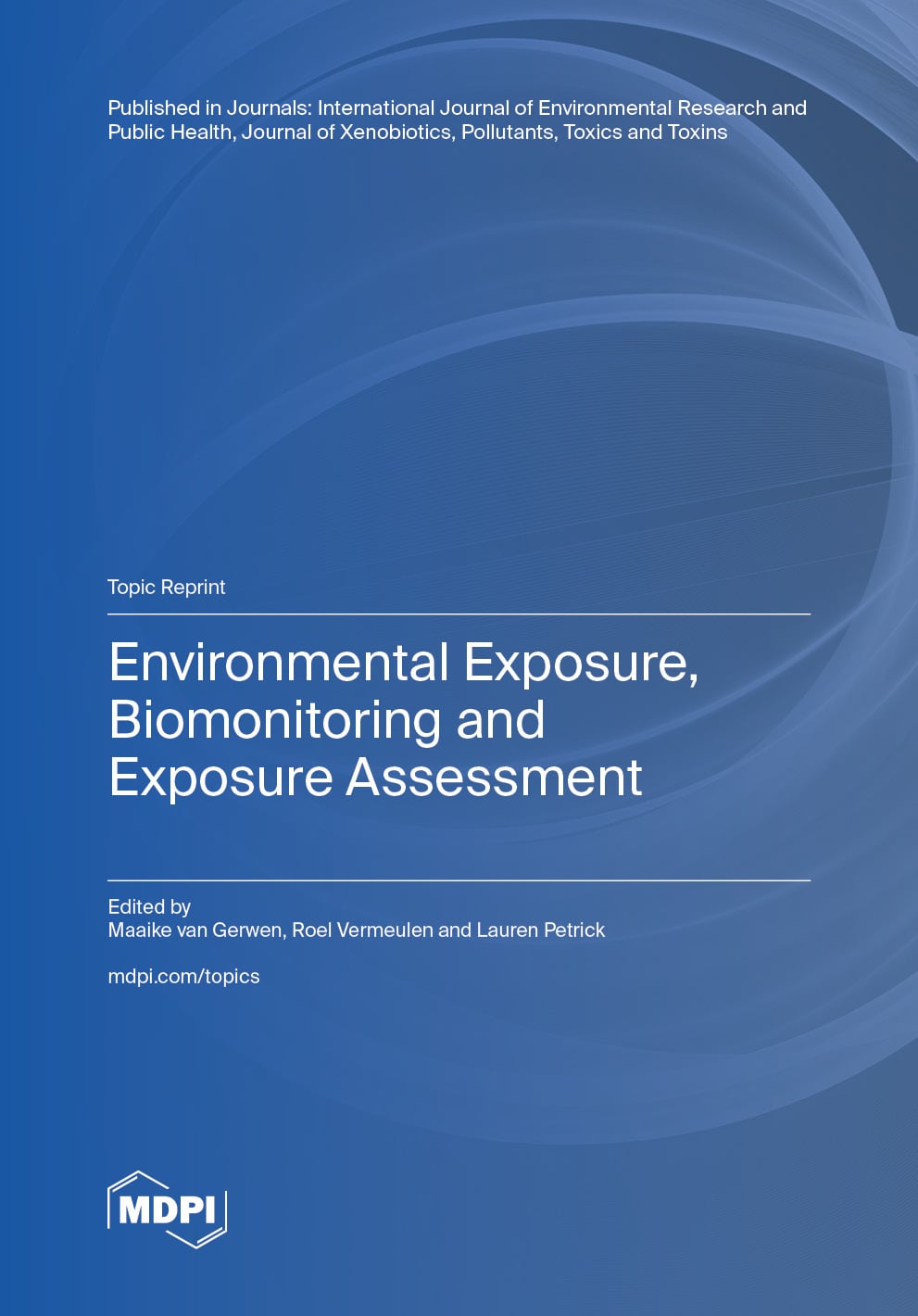- Opinion
Hidden Threats in Water: The Global Rise of Emerging Contaminants
- Baljit Singh,
- Abhijnan Bhat and
- Gayathree Thenuwara
- + 4 authors
The general spread of water safety awareness and enforcement often masks the escalating risks of emerging contaminants (ECs) that evade standard detection and monitoring techniques. Traditional monitoring infrastructures depend heavily on localized laboratory-based testing, which is expensive, time-consuming, and reliant on specialized infrastructure and skilled personnel. While specific types of ECs and detection technologies have been examined in numerous studies, a significant gap remains in compiling and commenting on this information in a concise framework that incorporates global impact and monitoring strategies. We aimed to compile and highlight the impact ECs have on global water safety and how advanced sensor technologies, when integrated with digital tools such as the Internet of Things (IoT), artificial intelligence (AI), machine learning (ML), geographic information systems (GIS), and cloud-based analytics, can enhance real-time EC detection and monitoring. Recent case studies were reviewed for the assessment of EC types, global contamination, and current state-of-the-art for EC detection and their limitations. An emphasis has been placed on areas that remain unaddressed in the current literature: a cross-disciplinary integration of integrated sensor platforms, multidisciplinary research collaborations, strategic public–private partnerships, and regulatory bodies engagement will be essential in safeguarding public health, protecting aquatic ecosystems, and ensuring the quality and resilience of our water resources worldwide.
3 December 2025




